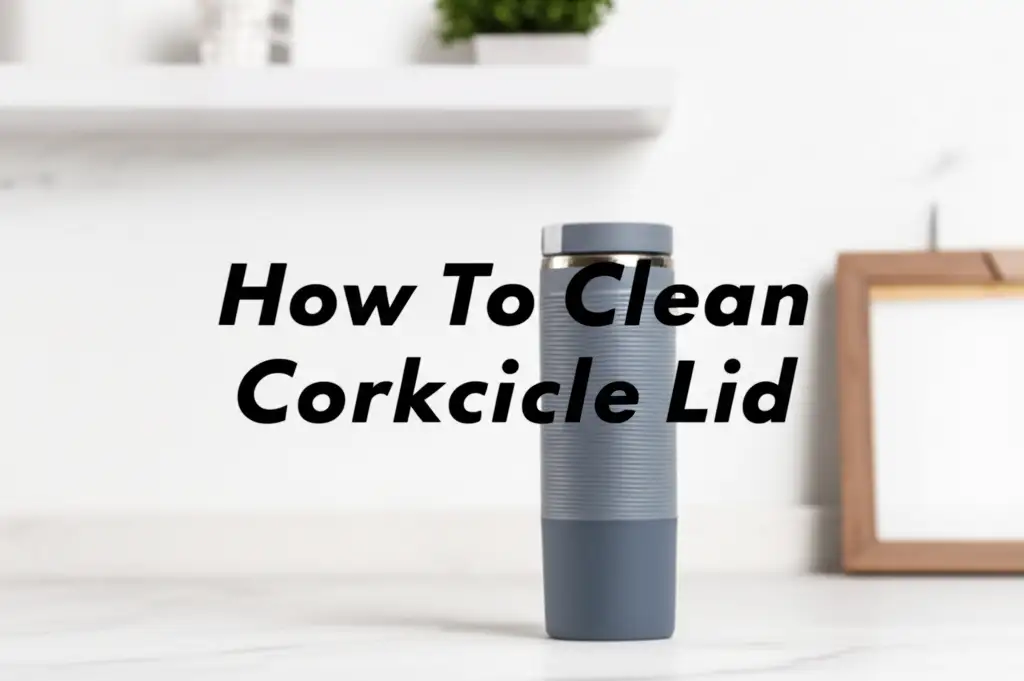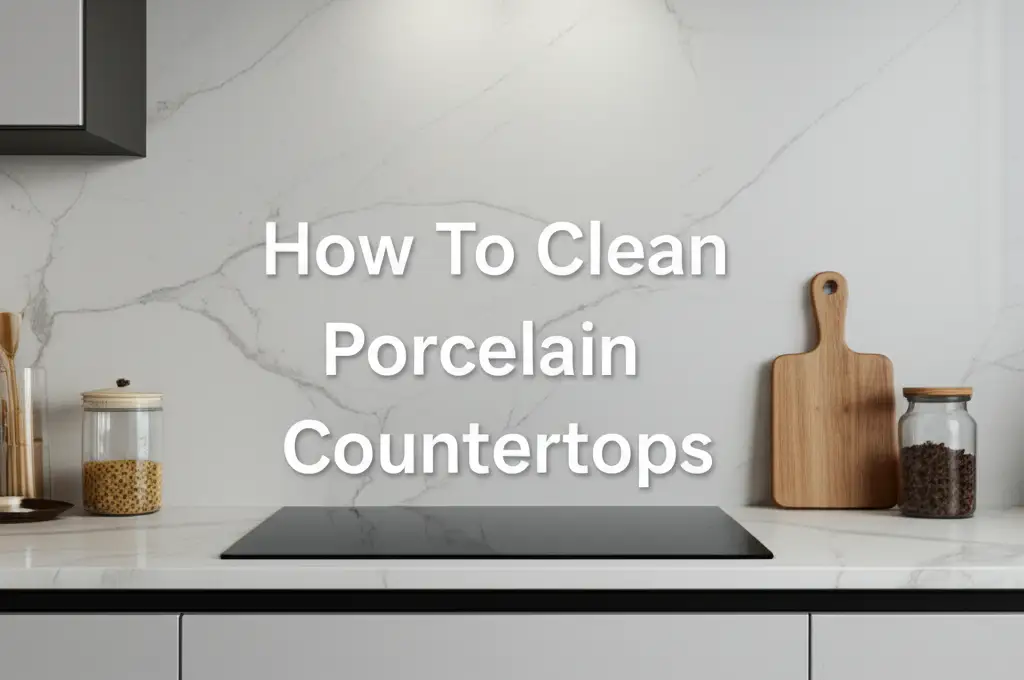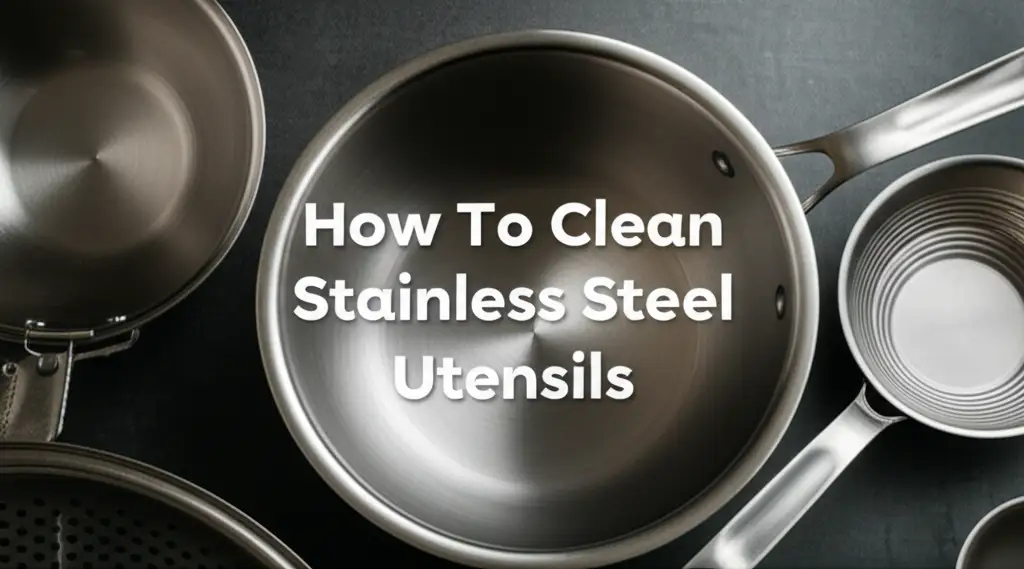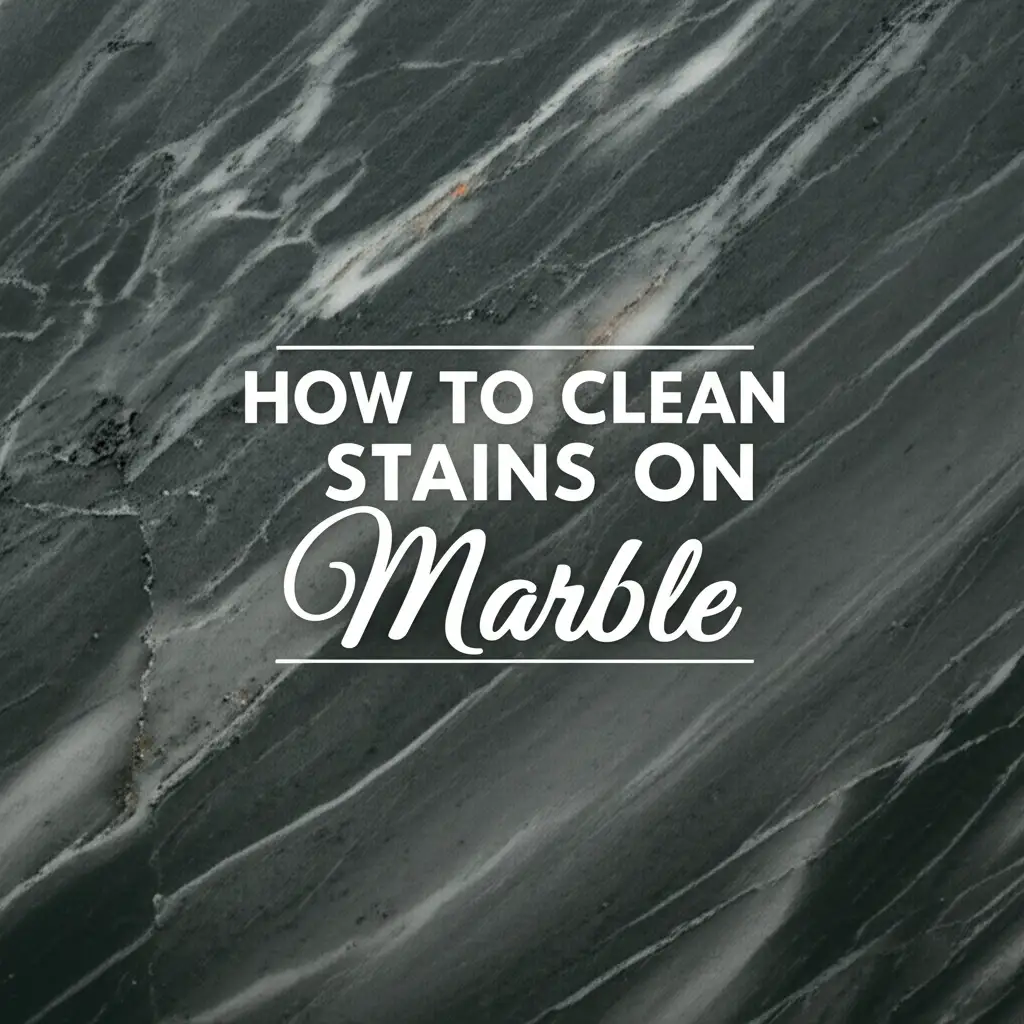· Home Care · 19 min read
How To Clean Laminate Cabinets

Sparkling Clean Laminate Cabinets: Your Complete Guide
Your kitchen laminate cabinets work hard. They see daily spills, fingerprints, and cooking grease. Keeping them clean makes your entire kitchen look better. Learning how to clean laminate cabinets correctly protects them. Improper cleaning can cause damage. I will show you simple steps to maintain their shine.
In this guide, you will learn the best methods for cleaning laminate cabinets. We will cover daily care, grease removal, and stubborn stain solutions. You will also discover important tips for protecting your cabinets long-term. Let us get your laminate cabinets sparkling.
Takeaway
- Gentle Cleaning is Key: Always use mild cleaners and soft cloths.
- Wipe Spills Quickly: Address messes fast to prevent stains and damage.
- Avoid Harsh Products: Stay away from abrasive cleaners or scourers.
- Regular Maintenance Helps: Daily wiping prevents grime buildup.
- Rinse and Dry Thoroughly: Prevent water damage and streaks.
Clear, Concise Answer
To clean laminate cabinets, use a soft cloth dampened with warm water and a small amount of mild dish soap. Wipe the surfaces gently, then rinse with a clean, damp cloth. Dry immediately with a separate, clean microfiber towel to prevent water spots and moisture damage.
Understanding Laminate Cabinets and Their Care Needs
Laminate cabinets are a popular choice for many kitchens. They offer durability and affordability. These cabinets have a particleboard or MDF core. A decorative layer of laminate material covers this core. This outer layer is a synthetic material. It mimics the look of wood, stone, or other finishes.
This construction makes laminate cabinets resistant to many common kitchen issues. They handle scratches better than some other materials. They also resist moisture to a certain degree. However, the laminate layer is not invincible. Harsh chemicals or excessive water can cause damage. They can make the laminate peel or swell. Understanding this structure helps you clean them safely.
The care needs of laminate cabinets are straightforward. They require gentle cleaning solutions. You must avoid abrasive tools. Always wipe up spills quickly. This prevents liquid from seeping into the core. Regular, light cleaning prevents dirt buildup. This makes deep cleaning easier later. Proper care ensures your cabinets last many years. You can keep them looking fresh and new with minimal effort. This material is designed for practical use in busy homes.
Laminate cabinets come in various finishes. Some are glossy, while others are matte. Textured laminates also exist. Each finish requires the same gentle approach. The goal is always to clean the surface without harming the laminate layer. Harsh scrubbing can dull glossy finishes. It can also scratch matte ones. Choose your cleaning tools and products carefully. This protects your investment.
The Benefits of Laminate Cabinets
Laminate cabinets offer several advantages. They are often more budget-friendly than solid wood. This makes them accessible for many homeowners. They also come in a wide range of colors and patterns. You can achieve almost any kitchen style. Maintenance is generally low. They do not require sealing or special polishes.
Laminate is a very practical material for busy households. It stands up well to daily use. The surface is non-porous. This means it resists stains and bacteria better than porous materials. Spills usually sit on the surface. This makes them easy to wipe away. This makes your kitchen cleaner and healthier. They are also easy to install. Many people choose them for these practical reasons.
Why Gentle Cleaning Matters
Gentle cleaning is vital for laminate cabinets. The laminate layer is thin. It is sensitive to harsh treatments. Strong chemicals can break down the adhesive holding the laminate. This causes peeling or bubbling. Abrasive scrubbers can scratch the surface. Once scratched, the damage is permanent. Scratches also trap dirt.
Water is also a concern. Laminate is water-resistant, but not waterproof. If water seeps into seams or edges, it can swell the core material. This leads to irreversible damage. Always use minimal water. Dry cabinets immediately after cleaning. This keeps your cabinets looking good and feeling solid. Protecting the surface extends its life.
Essential Tools and Supplies for Cleaning Laminate Cabinets
You do not need many special tools to clean laminate cabinets. The best tools are simple and soft. Using the right supplies prevents damage. You probably have most of these items already. Keep them handy for quick clean-ups and deeper cleaning tasks. My experience shows that simplicity works best here.
First, you need soft cloths. Microfiber cloths are excellent. They are gentle on surfaces. They also absorb water well. Avoid sponges with abrasive sides. Do not use steel wool or scrub brushes. These can scratch or dull the laminate finish. You want to glide over the surface.
For cleaning solutions, mild is the key. Warm water is your primary cleaner. A small amount of dish soap is usually enough for daily grime. Look for a gentle, pH-neutral dish soap. Avoid soaps with harsh detergents. Skip strong chemical cleaners, especially those with ammonia or bleach. These can damage the laminate finish. They can also fade its color.
You may also want a spray bottle. This helps you apply cleaning solutions evenly. It also helps you control the amount of liquid. Less liquid means less risk of water damage. A separate dry cloth is also crucial. You must dry the cabinets immediately after cleaning. This prevents water spots and protects the laminate core. Gather these items before you begin. Having everything ready makes the cleaning process smooth.
Gathering Your Supplies
Here is a simple list of what you will need:
- Soft Microfiber Cloths: Have at least two. One for cleaning, one for drying.
- Warm Water: Straight from the tap is fine.
- Mild Dish Soap: A few drops are enough.
- Spray Bottle (Optional but Recommended): For mixing and applying solution.
- Bucket (Optional): For rinse water.
These simple tools are effective. They protect your laminate cabinets. They also make cleaning straightforward. Avoid the temptation to use stronger cleaners. They promise fast results but often cause harm. Trust in gentle methods for longevity.
Why Avoid Harsh Chemicals
Harsh chemicals pose a significant risk to laminate cabinets. Products containing ammonia, bleach, or abrasive particles strip away the protective layer. They can cause the laminate to dull. They can also discolor the surface. Over time, these chemicals break down the glues. This leads to delamination. The laminate can then bubble, peel, or warp.
Even glass cleaners can be too strong. Many contain ammonia. Using these products regularly shortens the life of your cabinets. Stick to gentle, pH-neutral options. Your cabinets will thank you for it. My rule of thumb is: if it is too strong for your hands, it is too strong for your cabinets.
Daily Cleaning Routine for Laminate Cabinets
Maintaining clean laminate cabinets is easy with a daily routine. This prevents grime from building up. It also keeps your kitchen looking fresh. A quick wipe-down is often all that is needed. I find this simple step saves a lot of effort in the long run.
Start by wiping down your cabinet surfaces. Use a clean, dry microfiber cloth. This removes dust, crumbs, and light smudges. Do this as part of your kitchen clean-up. A quick wipe after cooking is especially helpful. It catches fresh spills before they dry.
For slightly more stubborn spots, dampen your microfiber cloth. Use only warm water. A very small amount of mild dish soap can be added to the water. Wring the cloth out well. It should be damp, not dripping wet. Gently wipe down the cabinet doors and fronts. Pay attention to areas around handles. These often collect fingerprints and food residue.
After wiping, use a separate, clean, dry microfiber cloth. Go over all the damp areas. Dry them thoroughly. This prevents water spots. It also stops moisture from seeping into the laminate edges. Remember, standing water is the enemy of laminate. A consistent daily routine means you rarely need to do a deep clean. This simple practice keeps your kitchen spotless and saves you time.
Quick Wipes for Light Grime
For everyday dust and fingerprints, a quick wipe is effective. I simply grab a clean, dry microfiber cloth. I go over the cabinet fronts. This removes surface dirt quickly. It stops small smudges from becoming larger problems.
If a smudge needs a little more, I lightly dampen a corner of the cloth with plain water. I wipe the spot. Then, I immediately dry it. This method works well for most daily messes. It keeps your cabinets neat without much effort.
Addressing Fresh Spills Immediately
Spills happen in the kitchen. When something drips on your laminate cabinets, act fast. Liquid, especially colored liquids, can stain if left too long. Even plain water can damage the laminate if it sits.
Grab a clean cloth right away. Wipe up the spill completely. If it is sticky, use a damp cloth with a tiny bit of dish soap. Wipe the area clean. Then, dry it immediately. Quick action saves your cabinets from potential harm. This is a crucial step for maintaining laminate.
Tackling Grease and Grime on Laminate Cabinets
Grease and grime are common in kitchens. They build up over time, especially near the stove. Cleaning these sticky residues from laminate cabinets requires a bit more effort. However, with the right approach, you can remove them safely. I have found this method highly effective for greasy cabinets.
Start by mixing a solution of warm water and mild dish soap. Use about one tablespoon of dish soap per quart of warm water. Put this mixture into a spray bottle. Shake it gently to combine. This solution is tough on grease but gentle on laminate. It helps lift the grime without causing damage.
Spray the greasy areas of your cabinets. Let the solution sit for a few minutes. This allows the soap to break down the grease. Do not let it dry on the surface. For very sticky grease, you might need to apply a bit more solution. The goal is to soften the grime.
After letting it sit, take a soft microfiber cloth. Dampen it with the same solution. Gently wipe the greasy areas. Apply light pressure. You may need to wipe a few times. The grease should start to come off. For stubborn spots, re-spray and let it sit again. Rinse your cloth frequently in clean water. Once the grease is gone, wipe the area with a clean, damp cloth to remove any soap residue. Finally, dry the cabinets thoroughly with a separate dry cloth. This process helps your cabinets look like new. This method is also excellent for addressing how to clean sticky kitchen cabinets.
Deep Cleaning Greasy Kitchen Cabinets
For truly deep-seated grease, you might need a slightly stronger, yet still safe, solution. A mixture of equal parts white vinegar and warm water can be effective. Vinegar is a natural degreaser. However, always test it first in an inconspicuous area. Some laminate finishes can be sensitive to vinegar.
Apply the vinegar solution with a soft cloth. Let it sit for a moment. Then, wipe away the grease. Rinse well with a damp cloth afterward. Always dry completely. This method is good for periodic deep cleaning. It lifts away layers of built-up kitchen grime. When cleaning your entire kitchen, remember this is similar to how to clean cabinets before painting, where a thorough degreasing is essential.
You can also use a specialized kitchen degreaser. Ensure it is specifically marked as safe for laminate surfaces. Read the instructions carefully. Always test it on a hidden spot first. Apply with a soft cloth. Wipe gently. Rinse and dry quickly. This helps prevent any damage to the laminate. Removing grease regularly protects your cabinets. This also makes them more hygienic. For specific advice on tough grease, you can also check out tips on how to clean grease from kitchen cabinets.
Removing Stubborn Stains from Laminate Cabinets
Stubborn stains can be frustrating. Coffee, food dyes, or marker ink can sometimes mark laminate cabinets. Do not panic. Most stains can be removed with gentle methods. The key is to act quickly and use the right product. My approach here is always to start with the mildest option.
For most food stains, the warm water and mild dish soap solution works. Apply it to the stain. Let it sit for a few minutes. Then, gently rub with a soft cloth. Do not scrub hard. Hard scrubbing can damage the laminate. If the stain remains, try a baking soda paste. Mix a small amount of baking soda with water to form a thick paste. Apply this paste to the stain. Let it sit for 5-10 minutes. The baking soda is a mild abrasive. It helps lift the stain without scratching.
After letting the paste sit, gently wipe it away with a damp cloth. Rinse the area thoroughly with clean water. Dry the cabinet immediately. This method is surprisingly effective for many common kitchen stains. It is also safe for your laminate.
For tougher stains like marker or ink, rubbing alcohol can be an option. However, use it with extreme caution. Apply a tiny amount to a cotton ball or soft cloth. Dab only the stained area. Do not rub widely. Rubbing alcohol can be strong. It can affect some laminate finishes. Test it in an inconspicuous spot first. After dabbing, quickly wipe with a damp cloth. Then, dry the area completely. This process helps restore your cabinets.
Dealing with Discoloration and Yellowing
White laminate cabinets can sometimes yellow over time. This happens due to exposure to sunlight, cooking fumes, or certain cleaning products. Removing yellowing can be tricky. Often, it is a sign of product buildup or surface degradation. For white cabinets that have yellowed, try a thorough cleaning with the mild dish soap solution. Ensure you rinse and dry well. Sometimes, built-up grime is the cause.
If the yellowing persists, it might be due to a reaction with UV light or simply aging of the laminate. In such cases, there is often little you can do to reverse it. Preventative measures are best. Regular cleaning helps reduce buildup. Avoid direct sunlight if possible. You can find more targeted advice on how to clean white cabinets that have yellowed.
Avoid using bleach-based cleaners to whiten laminate. Bleach can damage the laminate surface. It can also cause irreversible discoloration. Stick to gentle methods. If yellowing is severe, painting the cabinets may be your only option.
Addressing Scratches and Dents
Laminate is durable, but not scratch-proof. Minor scratches can sometimes be minimized. For light scratches, a furniture repair pen in a matching color can help. Fill the scratch gently. Wipe away any excess. This hides the scratch, but does not remove it. Deeper scratches or dents are harder to fix. They often require professional repair.
Preventing scratches is the best approach. Use soft cloths for cleaning. Avoid dragging heavy objects across cabinet surfaces. Be careful with sharp utensils. Protect your laminate from impact. Good care prevents most damage.
Protecting and Maintaining Your Laminate Cabinets
Cleaning laminate cabinets is only half the battle. Protecting them ensures they stay beautiful for years. Regular maintenance extends their lifespan. It also reduces the need for intense cleaning. I always emphasize prevention over cure when it comes to cabinet care.
One important step is to control moisture. Wipe up spills immediately, as discussed. Also, be mindful of steam. If you have a kettle or pressure cooker, avoid directing steam towards your cabinets. Steam can loosen the laminate adhesive over time. Use your exhaust fan when cooking. This helps reduce humidity and grease buildup in the kitchen.
Consider using cabinet liners. For example, place liners inside shelves and drawers. This protects the interior from spills and scratches. It also makes cleaning the inside easier. Simply remove and clean the liners. This keeps the cabinet interiors pristine. This simple addition can significantly extend the life of your cabinets.
Protect your cabinets from direct heat. Hot pots or appliances should not sit directly on laminate surfaces. Use trivets or heat pads. Intense heat can scorch or warp the laminate. Keep your toaster or coffee maker away from direct contact with cabinet fronts. This prevents heat damage.
Preventing Future Buildup
Regular, light cleaning is your best defense against buildup. A quick daily wipe prevents grease and dust from accumulating. This makes your weekly or monthly cleaning much faster. Do not wait for grime to become visible. Proactive cleaning saves time and effort. It also keeps your kitchen looking consistently tidy.
Think about your cooking habits. If you fry foods often, grease builds up faster. Consider using a good range hood. This draws grease and smoke away from your cabinets. Wipe down surfaces right after cooking. This catches fresh grease before it hardens. These small habits make a big difference in maintaining clean laminate cabinets.
Routine Checks for Cabinet Health
Periodically inspect your laminate cabinets. Look for any signs of wear or damage. Check the edges and seams. These are areas where moisture can seep in. If you notice any lifting or peeling laminate, address it quickly. Small issues can become big problems if ignored. A bit of wood glue can sometimes reattach small peeled sections.
Also, check cabinet hardware. Tighten loose hinges or handles. This prevents strain on the cabinet doors. Well-maintained hardware reduces wear and tear on the laminate itself. A regular check-up ensures your cabinets are not just clean, but also structurally sound. This proactive approach saves on future repair costs.
What to Avoid When Cleaning Laminate Cabinets
Knowing what to avoid is as important as knowing what to do. Certain products and practices can permanently damage your laminate cabinets. My general rule is: if it is harsh or abrasive, do not use it. This will save you a lot of trouble and expense.
First, never use abrasive cleaners. This includes scouring powders, steel wool, or rough scrub pads. These will scratch the laminate surface. Once scratched, the damage is difficult or impossible to repair. The surface will look dull and may even trap more dirt. Always opt for soft cloths and gentle cleaners.
Second, avoid harsh chemical cleaners. This means no ammonia-based cleaners, bleach, or strong oven degreasers. These chemicals can strip the finish from the laminate. They can also cause discoloration or break down the adhesive. This leads to bubbling, peeling, or fading. Stick to mild dish soap and water.
Third, do not use excessive water. Laminate is water-resistant, but not waterproof. Standing water, especially along seams or edges, can seep into the particleboard core. This causes the core to swell and warp. Always wring out your cleaning cloth well. Dry the cabinets immediately after wiping them down. Do not leave any water droplets behind.
Fourth, steer clear of wax-based cleaners or polishes. Laminate does not absorb polish like wood. These products will leave a sticky residue on the surface. This residue attracts dust and dirt. It makes your cabinets look dull and greasy over time. Laminate cabinets do not need polishing. They only need to be cleaned.
Products That Harm Laminate
Here is a list of specific products to avoid:
- Abrasive Scrubbers: Steel wool, scouring pads, abrasive sponges.
- Strong Chemical Cleaners: Bleach, ammonia-based cleaners (like some glass cleaners), oven cleaners, drain cleaners.
- Silicone-Based Polishes: These leave residue.
- Wax-Based Products: They cause buildup and attract dirt.
- Oil-Based Soaps or Polishes: Can leave a greasy film.
Always read labels. If a product seems too strong, it probably is. Your cabinets will stay beautiful longer with gentle care. This approach protects the finish. It also maintains the integrity of the laminate.
Common Mistakes to Prevent
- Leaving Water to Air Dry: Always dry cabinets immediately. This prevents water marks and core damage.
- Spraying Cleaner Directly: Instead, spray the cleaner onto your cloth. This controls the amount of liquid on the cabinet.
- Ignoring Spills: Clean them up quickly. Fresh spills are easier to remove and less damaging.
- Using Too Much Soap: Excessive soap leaves a film. This film attracts dirt. Use only a few drops.
- Rubbing Too Hard: Gentle wiping is enough. Hard scrubbing can damage the surface.
By avoiding these common mistakes, you ensure your laminate cabinets remain in excellent condition. Proper cleaning and maintenance save you money and keep your kitchen looking its best. This care is essential for the longevity of your cabinets.
Frequently Asked Questions About Cleaning Laminate Cabinets
Q1: Can I use vinegar to clean laminate cabinets?
A1: Yes, you can use diluted white vinegar. Mix equal parts white vinegar and warm water. Always test this solution in a hidden spot first. Some laminate finishes might react to vinegar. Wipe the area with a damp cloth and then dry immediately. Vinegar is a good natural degreaser.
Q2: How do I remove sticky residue from laminate cabinets?
A2: For sticky residue, try a soft cloth dampened with warm water and a few drops of mild dish soap. Gently rub the area. If it is very sticky, a small amount of rubbing alcohol on a cotton ball can help, but test first. Always wipe with clean water and dry immediately afterwards.
Q3: What is the best cleaner for white laminate cabinets?
A3: The best cleaner for white laminate cabinets is typically warm water and a small amount of mild dish soap. This gentle solution cleans effectively without damaging the white finish. For yellowing, refer to the “Dealing with Discoloration and Yellowing” section above. Avoid harsh chemicals like bleach, which can damage the laminate.
Q4: How often should I clean my laminate kitchen cabinets?
A4: You should perform light, daily cleaning for dust and fingerprints. A more thorough cleaning to remove grease and grime should happen weekly or bi-weekly, depending on your cooking habits. Deep cleaning for specific stains can be done as needed. Regular maintenance prevents heavy buildup.
Q5: Can I use furniture polish on laminate cabinets?
A5: No, do not use furniture polish or wax on laminate cabinets. Laminate is a synthetic material and does not absorb polish like wood. Furniture polish will leave a sticky residue. This residue attracts dust and dirt, making your cabinets look dull and greasy. Stick to cleaning, not polishing.
Q6: How do I prevent water damage on my laminate cabinets?
A6: Prevent water damage by wiping up spills immediately. Always dry your cabinets thoroughly after cleaning. Avoid letting water pool on surfaces or seep into seams. Use an exhaust fan when cooking to reduce steam and humidity. Be mindful of direct contact with hot, steamy appliances.
Conclusion
Keeping your laminate cabinets clean is a straightforward task. It requires simple tools and gentle methods. By following the steps outlined, you can maintain their beauty and extend their life. Remember, mild dish soap and warm water are your best friends. They effectively clean without harming the laminate surface. I hope these steps make your cleaning routine easier.
Daily wipes prevent major buildup. Tackling grease with a gentle degreaser keeps your kitchen looking fresh. Always dry your cabinets completely after cleaning. This prevents water damage. Avoid harsh chemicals and abrasive scrubbers at all costs. These can permanently damage your beautiful laminate finish. With consistent, gentle care, your laminate cabinets will continue to shine for many years. You can enjoy a clean and inviting kitchen. Make these simple steps part of your home care routine.
- laminate cabinet cleaning
- kitchen cleaning
- cabinet maintenance




